A late 19th century carved opal cameo pendant, probably by Wilhelm Schmidt depicting Arion and Delphinus with neoclassical scroll surround decorated with polychrome enamel, rose-cut diamonds and pearls, suspending from three pearl-set chains and an emerald-mounted scrolling upper section in yellow gold, 11cm long, fitted case "In reply to your wish to be informed when opal cameos were first cut in Europe, I may mention the date of 1874, when I invented the new process of cutting opal cameos in such a manner as to utilise the matrix of rough opal for the ground... Mr John Brogden exhibited the first one, which I cut, amongst his other exhibits at the Paris Exhibition, 1878..." - Wilhelm Schmidt (1845-1938), to gem collector, Abraham Booth, who owned numerous fine examples carved by the talented Schmidt. Schmidt was born in Idar Oberstein. At the age of 15, he was sent to Paris as an apprentice to Arsène, who trained him in the neo-classical tradition. However, by the time he graduated in the 1860s, the French fashion for stone cameos was waning. Eventually, Schmidt settled in London, where he set up an engraving business in Hatton Garden, trading alongside his gem-dealing brother Louis, who imported numerous unusual and rare specimens with which he could work. Schmidt carved cameos for John Brogden, Guiliano and Child & Child, and attracted several prestigious patrons including the Museum of Practical Geology, to whom he sold cameos engraved from quartz, sardonyx, jasper, labradorite, moonstone and opal, which was to become his trademark. "Opal cameos, if rare, were not unknown (in the 19th century) but Schmidt had invented a novel technique: instead of carving the whole cameo from precious opal, he used blanks with a thin layer of precious opal overlaying the matrix, in the same way in which the contrasted layers of agates were traditionally used to set off the background." Gertrud Seidmann, a connoisseur of Schmidt's work. Schmidt never signed his work and the cameos he produced for jewellery shops and dealers were never credited to him. Examples, attributed by Seidmann, are in the collections of the Natural History Museum, London, the British Museum and the Fitzwilliam Museum, Cambridge. Literature: SEIDMANN, G., Wilhelm Schmidt The Last Neo-Classical Gem-Engraver, (London: Source Title: Apollo CXXVIII No. 317: July-1988) Read more »
A late 19th century carved opal cameo pendant, probably by Wilhelm Schmidt depicting Arion and Delphinus with neoclassical scroll surround decorated with polychrome enamel, rose-cut diamonds and pearls, suspending from three pearl-set chains and an emerald-mounted scrolling upper section in yellow gold, 11cm long, fitted case "In reply to your wish to be informed when opal cameos were first cut in Europe, I may mention the date of 1874, when I invented the new process of cutting opal cameos in such a manner as to utilise the matrix of rough opal for the ground... Mr John Brogden exhibited the first one, which I cut, amongst his other exhibits at the Paris Exhibition, 1878..." - Wilhelm Schmidt (1845-1938), to gem collector, Abraham Booth, who owned numerous fine examples carved by the talented Schmidt. Schmidt was born in Idar Oberstein. At the age of 15, he was sent to Paris as an apprentice to Arsène, who trained him in the neo-classical tradition. However, by the time he graduated in the 1860s, the French fashion for stone cameos was waning. Eventually, Schmidt settled in London, where he set up an engraving business in Hatton Garden, trading alongside his gem-dealing brother Louis, who imported numerous unusual and rare specimens with which he could work. Schmidt carved cameos for John Brogden, Guiliano and Child & Child, and attracted several prestigious patrons including the Museum of Practical Geology, to whom he sold cameos engraved from quartz, sardonyx, jasper, labradorite, moonstone and opal, which was to become his trademark. "Opal cameos, if rare, were not unknown (in the 19th century) but Schmidt had invented a novel technique: instead of carving the whole cameo from precious opal, he used blanks with a thin layer of precious opal overlaying the matrix, in the same way in which the contrasted layers of agates were traditionally used to set off the background." Gertrud Seidmann, a connoisseur of Schmidt's work. Schmidt never signed his work and the cameos he produced for jewellery shops and dealers were never credited to him. Examples, attributed by Seidmann, are in the collections of the Natural History Museum, London, the British Museum and the Fitzwilliam Museum, Cambridge. Literature: SEIDMANN, G., Wilhelm Schmidt The Last Neo-Classical Gem-Engraver, (London: Source Title: Apollo CXXVIII No. 317: July-1988) Read more »




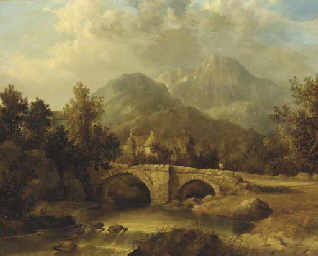
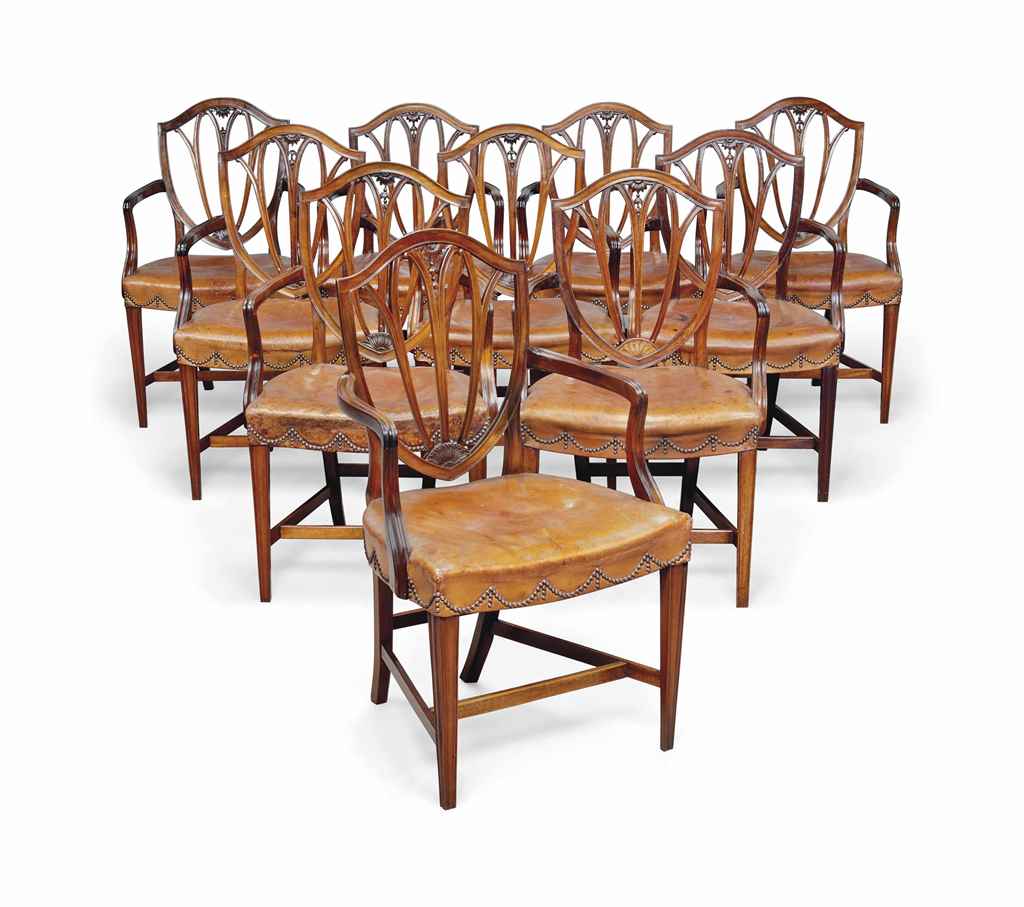
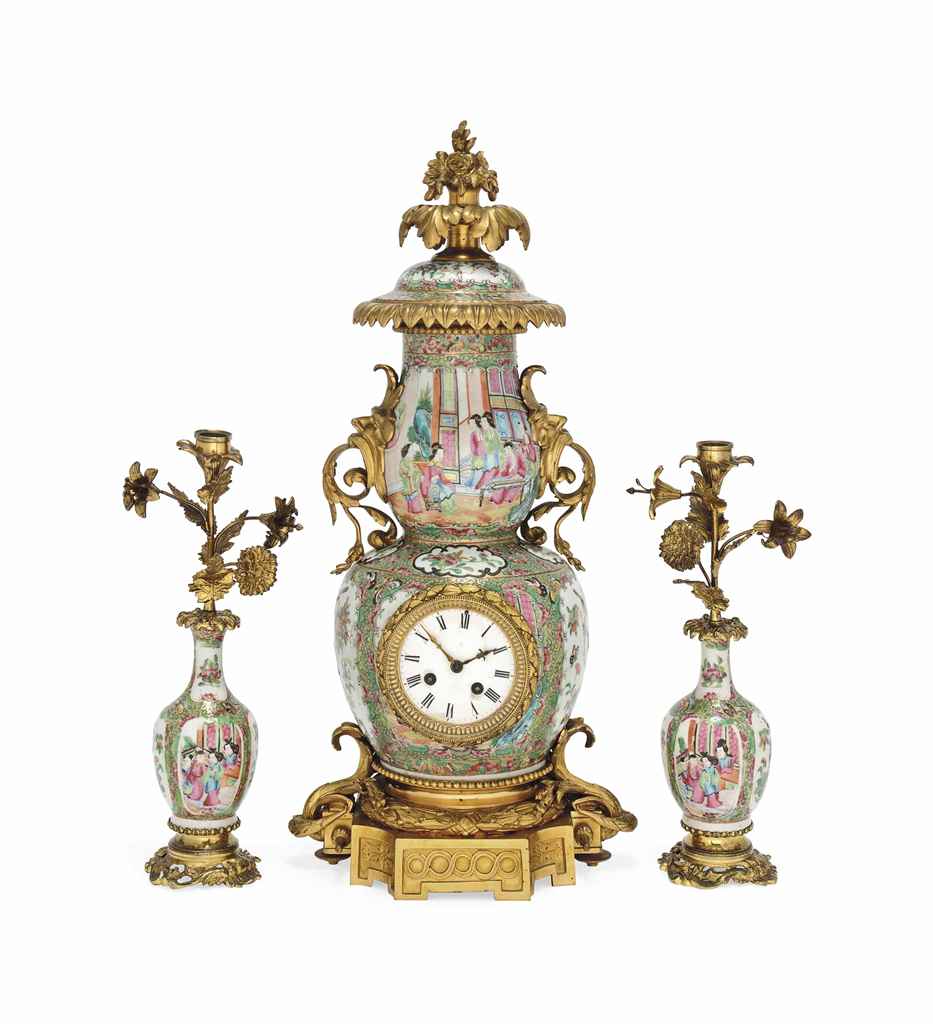
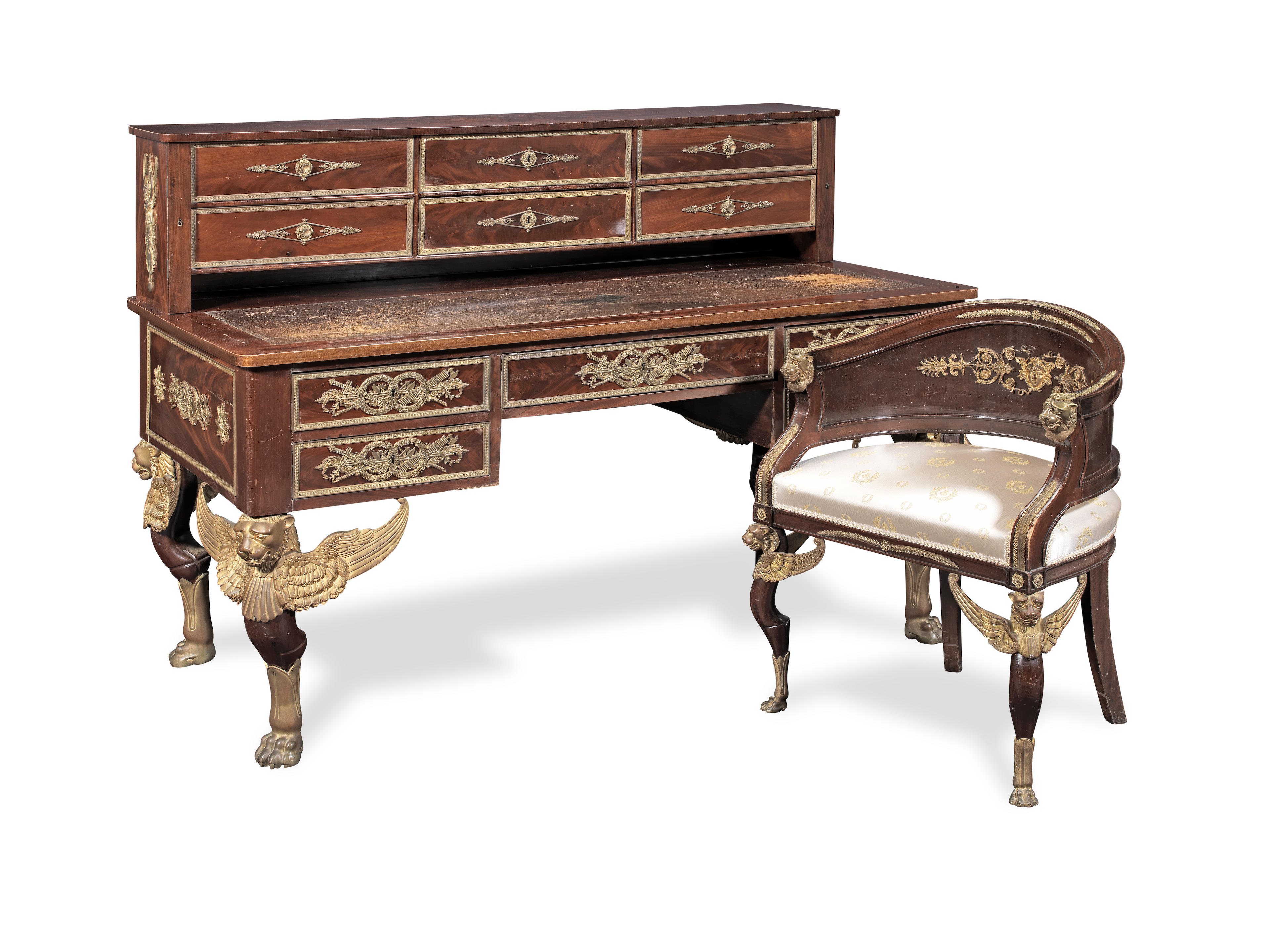





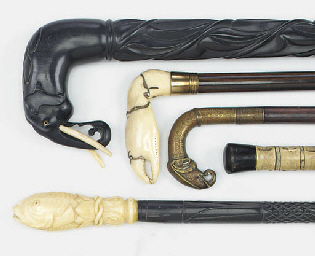

Testen Sie LotSearch und seine Premium-Features 7 Tage - ohne Kosten!
Lassen Sie sich automatisch über neue Objekte in kommenden Auktionen benachrichtigen.
Suchauftrag anlegen